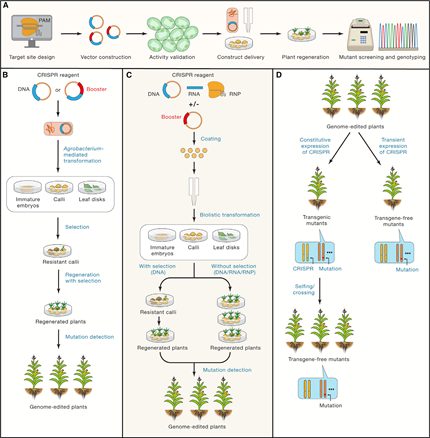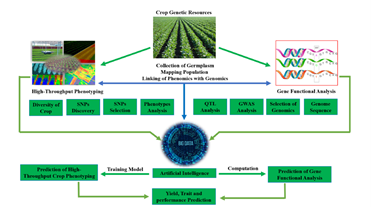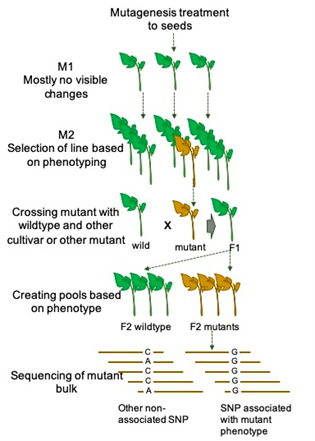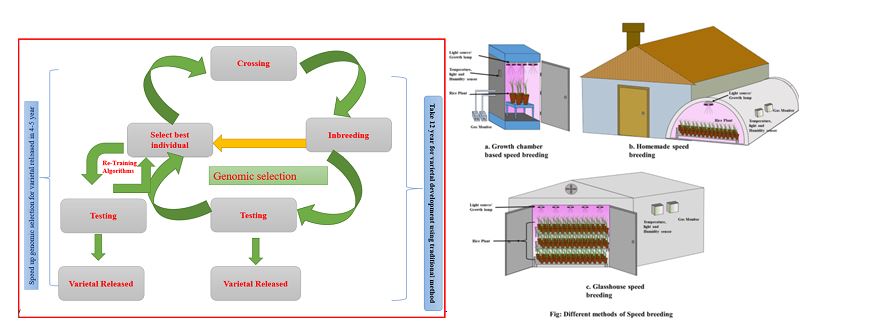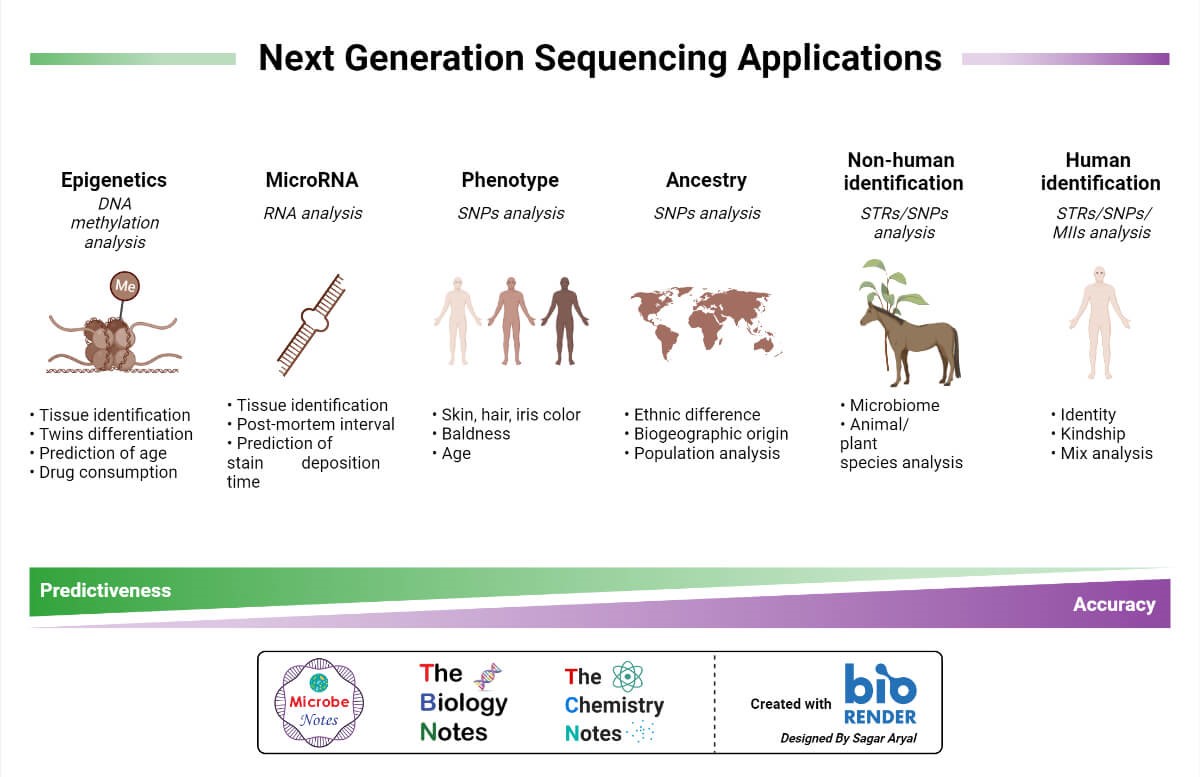Genome Engineering for Future Agriculture
Genome editing is widely used across plant species to generate and study the impact of functional mutations in crop improvement. However, transgene integration in plant genomes raises important legislative concerns regarding genetically modified organisms.Genome editing methods have been developed to introduce precise and predictable genome modifications into plants to »




